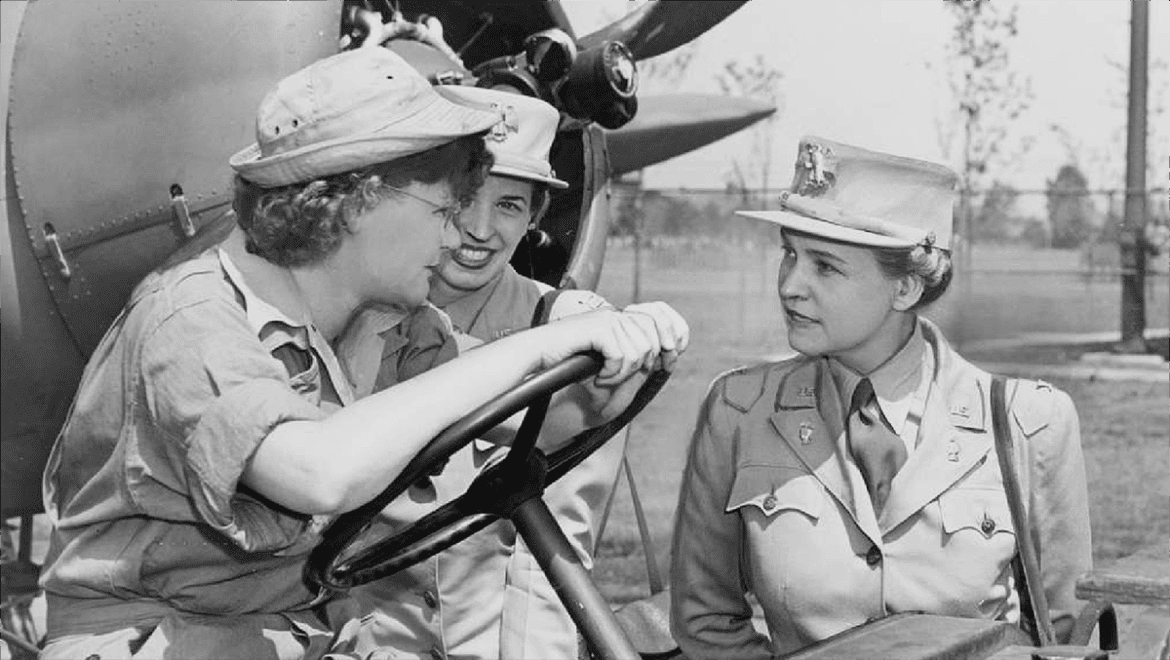From the earliest days of the republic to today’s frontlines of diplomacy, politics, and defense, women have been an enduring force in shaping America’s legacy of service. Their roles have evolved dramatically, but their impact—grounded in resilience, courage, and a deep commitment to community and country—remains constant.
In the Revolutionary War, women like Deborah Sampson defied convention by disguising themselves as men to fight for independence. Sampson served for over a year in the Continental Army, earning respect for her bravery and ultimately receiving a military pension—one of the first women in U.S. history to be granted this honor. Meanwhile, women such as Molly Pitcher (Mary Ludwig Hays) carried water to troops and even manned cannons when their husbands fell in battle. These acts of patriotism laid the groundwork for women’s essential yet often overlooked service in American history.
During the Civil War, Harriet Tubman not only guided enslaved people to freedom through the Underground Railroad but also served as a Union spy, nurse, and cook. Her service was multifaceted and groundbreaking—especially her leadership during the Combahee River Raid, where she helped liberate more than 700 enslaved people. Tubman’s legacy continues to inspire generations of Americans to lead through courage and conviction.
World War II marked a turning point, with over 350,000 American women serving in the military. Oveta Culp Hobby, appointed the first director of the Women’s Army Corps (WAC), led thousands of women who filled essential roles in logistics, communications, and intelligence. Hobby later became the first secretary of the Department of Health, Education, and Welfare, continuing her service in civilian government. These trailblazing efforts proved that women could lead and serve at the highest levels—and set a precedent for the decades to come.
Fast forward to the 21st century, and the tradition of service is alive and well. Senator Tammy Duckworth, an Iraq War veteran and former Army helicopter pilot who lost both legs in combat, became the first Thai American woman elected to Congress and the first senator to give birth while in office. Her advocacy for veterans, disability rights, and family leave policies reflects a modern understanding of service that encompasses both sacrifice and systemic change.
In the realm of diplomacy, Ambassador Linda Thomas-Greenfield—currently serving as the U.S. Ambassador to the United Nations—has built a distinguished career over four decades, representing American interests across the globe while championing global health, human rights, and women’s empowerment. Her presence at the UN signals a broader recognition of the indispensable role women play in international peacebuilding and global governance.
Even in the highest ranks of the military, women continue to break barriers. In 2021, General Jacqueline Van Ovost became the only woman to lead a U.S. combatant command, overseeing U.S. Transportation Command. Her appointment was not just historic—it was a testament to decades of progress, resilience, and proof of what women in uniform can achieve.
From revolutionaries to generals, lawmakers to diplomats, women have continually expanded the meaning of service in America. Their stories illuminate a powerful truth: that leadership, sacrifice, and patriotism are not bound by gender, but by a commitment to something greater than oneself. As more women step into roles of influence and impact, they are not just participating in America’s legacy of service—they are redefining it for generations to come.

